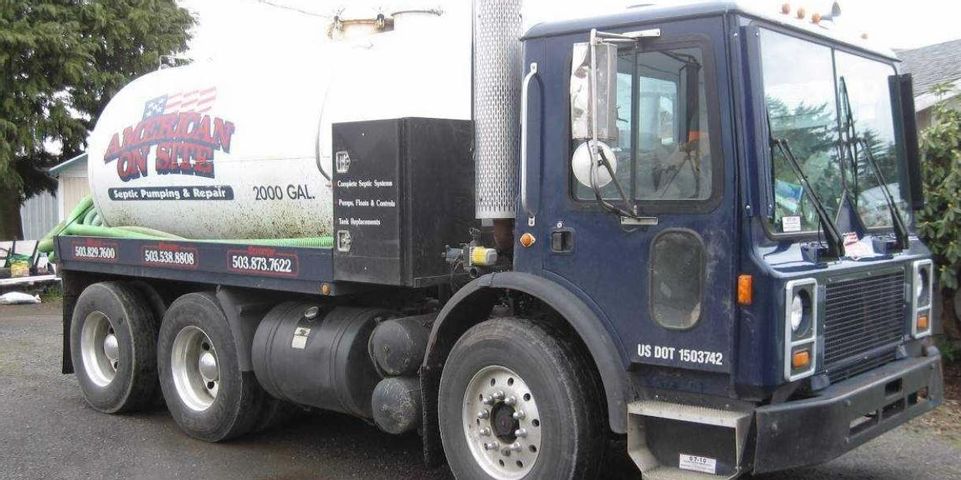
A septic tank is a sensible wastewater solution for homeowners off a municipal sewer grid, but it does require some maintenance. With the proper care, your septic tank can last for years to come. The most crucial upkeep step is pumping—removing excess solid waste before the tank becomes too full. Below, learn why pumping matters and how often you should have it done.
How Often Should Septic Pumping Be Done?
In short, there’s no one answer to this question. How often pumping will be needed is based on household water use, tank size, and amount of waste in the system. On average, pumping will be required every three to five years, but it’s recommended that you have your septic tank inspected every three years. An inspection doesn’t just help you decide when pumping is necessary—it also helps you catch leaks and equipment malfunctions.
Why Does Pumping Matter?
 A septic tank traps wastewater as it exits your home. Gravity and bacterial activity separate solid waste from liquid, and the solids settle at the bottom. The liquid waste, known as effluent, is allowed to flow out of the tank to a drain field, where it filters safely into the ground.
A septic tank traps wastewater as it exits your home. Gravity and bacterial activity separate solid waste from liquid, and the solids settle at the bottom. The liquid waste, known as effluent, is allowed to flow out of the tank to a drain field, where it filters safely into the ground.
If the solid waste sludge layer rises too high in the septic tank, it risks washing out with effluent into your drain field. This can clog drain pipes, make your yard smell like sewage, and contaminate groundwater. By pumping your septic tank regularly, you save yourself the trouble and expense of replacing drainpipes.
If your septic tank is due for pumping, turn to American On Site in Willamette Valley, OR. For more than 15 years, homeowners in Clackamas County have trusted this source for septic installation, maintenance, and repair. They also provide routine septic inspections and drain cleaning. To learn more about their services, call (503) 829-7600 or visit their website.
About the Business
(17 reviews)
Have a question? Ask the experts!
Send your question

